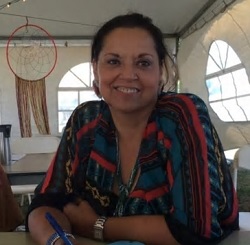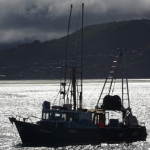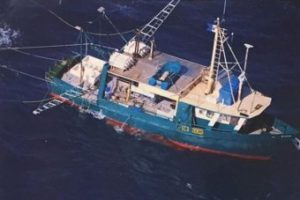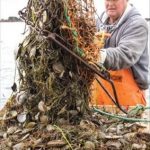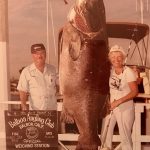Daily Archives: September 27, 2019
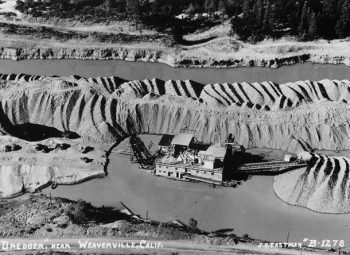
The Yurok Tribe is Leading a Massive Restoration Project on the Trinity River, and the Fish are Coming Back
Known as the Chapman Ranch Project, is part of the largest environmental restoration program ever implemented on the Trinity, and it’s being led by his own people, the Yurok Tribe.,,, Historically, the Trinity, the largest tributary of the Klamath River, hosted thriving populations of steelhead, coho and Chinook salmon, which provided local tribes with their primary dietary staple since time immemorial. It wasn’t just the dam that altered this waterway. Mining activities in the 19th and 20th centuries drastically changed the river’s character and its capacity to support wildlife. Photo’s, Video, >click to read< 15:00
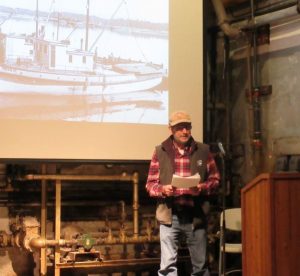
Fisher Poets return to Steveston’s Gulf of Georgia Cannery
The call of the sea, the river and fishing all serve as the source of inspiration for the poets presenting at this weekend’s Fisher Poets at the Gulf of Georgia Cannery. On Saturday Sept. 28, current and retired members of the West Coast commercial fishing industry will share their poetry, prose and songs in the Gulf of Georgia Cannery’s Boiler House Theatre. >click to read< 12:19 The Fisher Poets Afternoon will run from 2 p.m. to 3:30 p.m. on Saturday, Sept. 28.

Why we must break free from the rotten EU fisheries system
The Common Fisheries Policy, a rigid political structure that works against nature.,,, To understand the significance of this research, it is important to understand how nets (trawls) are constructed.,,, Separator trawls were designed with a panel inserted horizontally throughout the trawl, with two cod-ends, one top section for haddock and one at the bottom for cod (Cod ends are the end of the trawl, where the catch ends up, and is emptied into where the catch is sorted.) The Canadians took this research further. They were concerned about their shrimp fishery,,, >click to read< 11:04
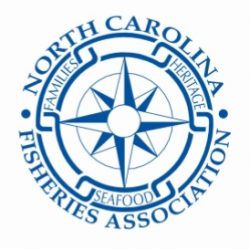
North Carolina Fisheries Association Weekly Update for Sept. 27, 2019
Legislative updates, Bill updates, Calendar, >Click here to read the Weekly Update<, to read all the updates >click here<, for older updates listed as NCFA >click here< 09:42
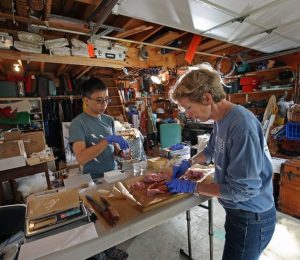
In her garage lab, a scientist looks for answers about skinny tuna
Molly Lutcavage is standing on the State Fish Pier in Gloucester, watching a crane hoist a giant bluefin tuna off the back of a fishing boat. “Look at how skinny she is,” the fisherman, Corky Decker, yells up to her. “That’s how they’ve all been — long, ugly things like you’d catch in June.” Lutcavage nods at the fish, which is 74 inches long but weighs just 174 pounds — very skinny indeed for a tuna — then looks down at the plastic bag in her hands, which is what she’s come for. It contains the tuna’s ovaries,,, >click to read< 07:38






